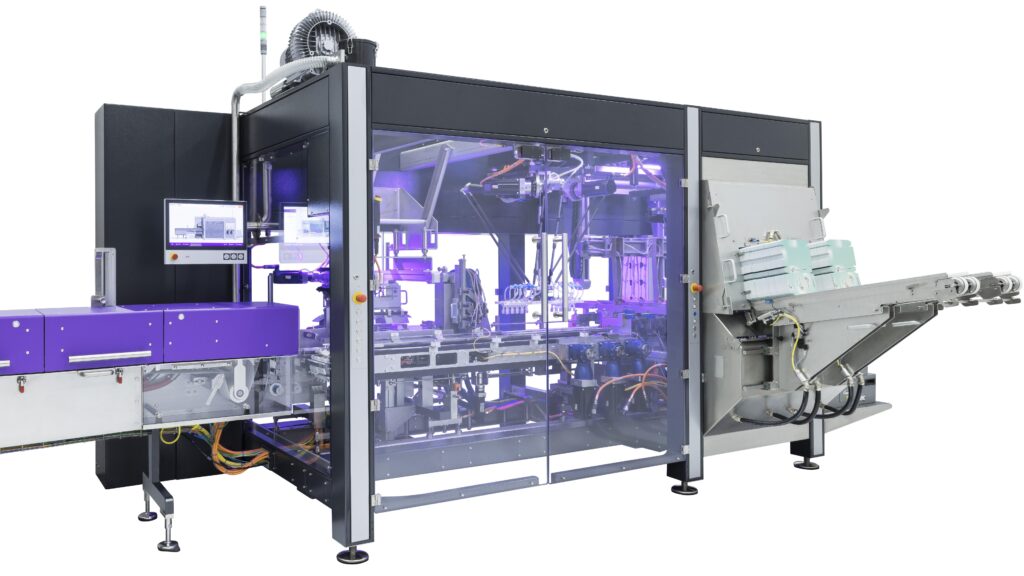
In the realm of digital security, the generation of signature keys is a critical process that ensures the integrity and authenticity of electronic communications. These keys are essential for cryptographic protocols and are used to sign and verify digital documents, thereby confirming the identity of the sender and the integrity of the message. To achieve this level of security, the technical components involved in generating signature keys must function with near certainty. This article delves into these technical components, outlining their importance and how they contribute to the secure generation of signature keys.
Key Generation Algorithms
The cornerstone of generating signature keys lies in the cryptographic algorithms used. Algorithms such as RSA (Rivest-Shamir-Adleman), DSA (Digital Signature Algorithm), and ECDSA (Elliptic Curve Digital Signature Algorithm) are commonly employed. Each of these algorithms has specific mathematical foundations and properties that ensure the robustness of the keys generated.
- RSA Algorithm: Utilizes the factorization of large integers, making it computationally infeasible to derive the private key from the public key.
- DSA Algorithm: Based on the discrete logarithm problem, it provides a high level of security through the use of prime number operations.
- ECDSA Algorithm: Uses elliptic curve cryptography to offer similar security to RSA but with smaller key sizes, making it efficient for systems with limited computational resources.
Random Number Generators
A critical component in the generation of secure signature keys is the use of high-quality random number generators (RNGs). The randomness and unpredictability of the numbers generated are paramount, as predictable numbers can lead to compromised keys.
- True Random Number Generators (TRNGs): These devices generate randomness from physical processes, such as electronic noise, making them highly unpredictable.
- Pseudo-Random Number Generators (PRNGs): While algorithmically generated, high-quality PRNGs like those based on the Yarrow or Fortuna algorithms can provide sufficient randomness for cryptographic purposes when seeded appropriately.
Secure Key Storage
Once generated, signature keys must be stored securely to prevent unauthorized access. Hardware Security Modules (HSMs) and Trusted Platform Modules (TPMs) are widely used for this purpose.
- Hardware Security Modules (HSMs): These dedicated devices manage digital keys, providing both physical and logical security against tampering.
- Trusted Platform Modules (TPMs): Integrated into modern computing systems, TPMs offer a secure environment for key storage and cryptographic operations.
Cryptographic Protocols and Standards
The effectiveness of signature key generation also hinges on adherence to established cryptographic protocols and standards. Standards such as FIPS 140-2 and Common Criteria ensure that the processes and components involved meet stringent security requirements.
- FIPS 140-2: This U.S. government standard specifies security requirements for cryptographic modules, ensuring their robustness and reliability.
- Common Criteria: An international standard for computer security certification, providing assurance that the security functions of the IT products and systems are robust.
Key Management Practices
Proper key management practices are essential to maintain the security of signature keys throughout their lifecycle. This includes key generation, distribution, storage, usage, and eventual disposal.
- Key Generation: Must be conducted in a secure environment, ensuring that keys are not exposed during the process.
- Key Distribution: Secure channels must be used to distribute keys to authorized parties.
- Key Storage: As mentioned, secure hardware solutions like HSMs and TPMs should be employed.
- Key Usage: Strict access controls and auditing mechanisms should be in place to monitor key usage.
- Key Disposal: Keys should be securely deleted when no longer needed, preventing any possibility of recovery.
The generation of signature keys
The generation of signature keys is a complex process that relies on several technical components functioning together seamlessly to ensure security. From robust cryptographic algorithms and high-quality random number generators to secure storage solutions and adherence to stringent standards, each component plays a crucial role. By understanding and implementing these components effectively, organizations can achieve the near certainty required for generating secure signature keys, thereby safeguarding their digital communications and transactions.